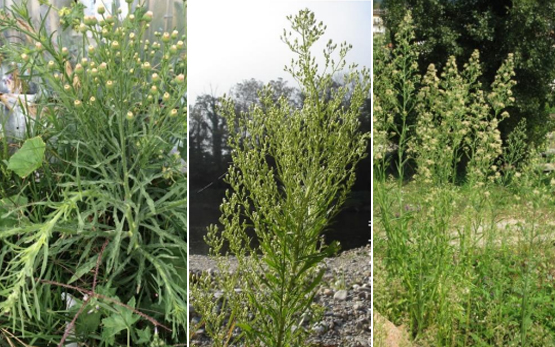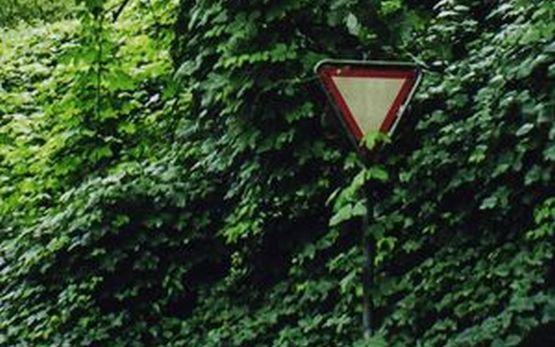Info Flora and Agroscope’s ‘Invasive Neophytes’ Expert Group has conducted a risk assessment of the fleabanes Conyza canadensis, C. sumatrensis und C. bonariensis for the attention of the FOEN. The conclusion: these three newly occurring plants in Switzerland do not currently pose a threat for biodiversity.
Based on the expert report, Info Flora has not included the three adventive Conyza species in the new List of Invasive or Potentially Invasive Neophytes in Switzerland whose publication has been announced by the FOEN for autumn 2022. This is because no ecological damage through the crowding out of native species or through habitat alteration has been proven to date.
The three Conyza species occur in various habitats and settlement zones, but do not form any permanent and dominant stands there. The species are associated with land subjected to severe disturbances. As weakly competitive species they are unable to invade natural habitats, let alone become dominant in them.
As a result of vegetation succession, Conyza stands in the disturbed land decline as early as the following year, or in some cases disappear completely. Conyza canadensis and in particular C. sumatrensis may, however, sometimes become predominant in farmland in places. A suitable crop rotation and appropriate management measures can control their spread in land cropped in rotation.
A small number of stands with glyphosate-resistant Conyza species have been detected in Swiss vineyards. These can be controlled with Flazasulfuron, however.







